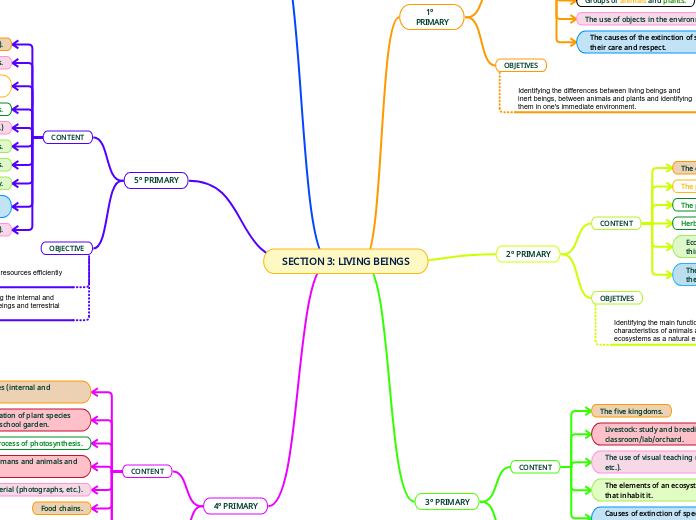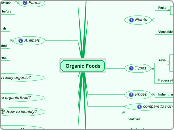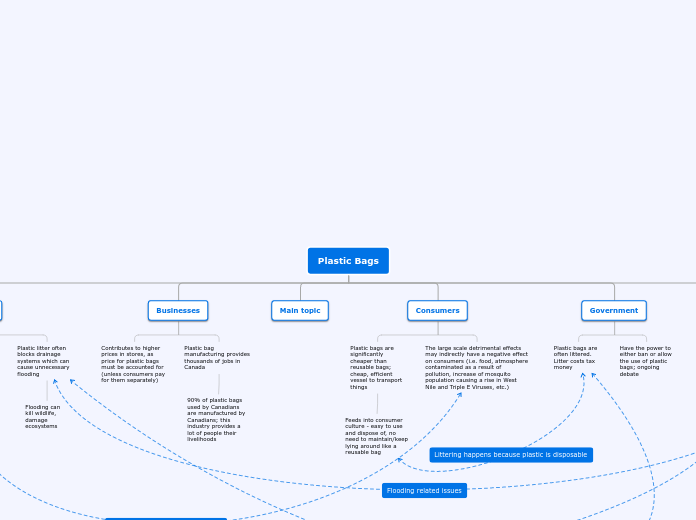von Andrea BB Vor 3 Jahren
165
SECTION 3: LIVING BEINGS
Understanding the characteristics and classification of living beings forms a crucial part of primary education. At various levels, students learn to distinguish between living and non-living entities, identify differences between animals and plants, and observe their respective roles in ecosystems.









